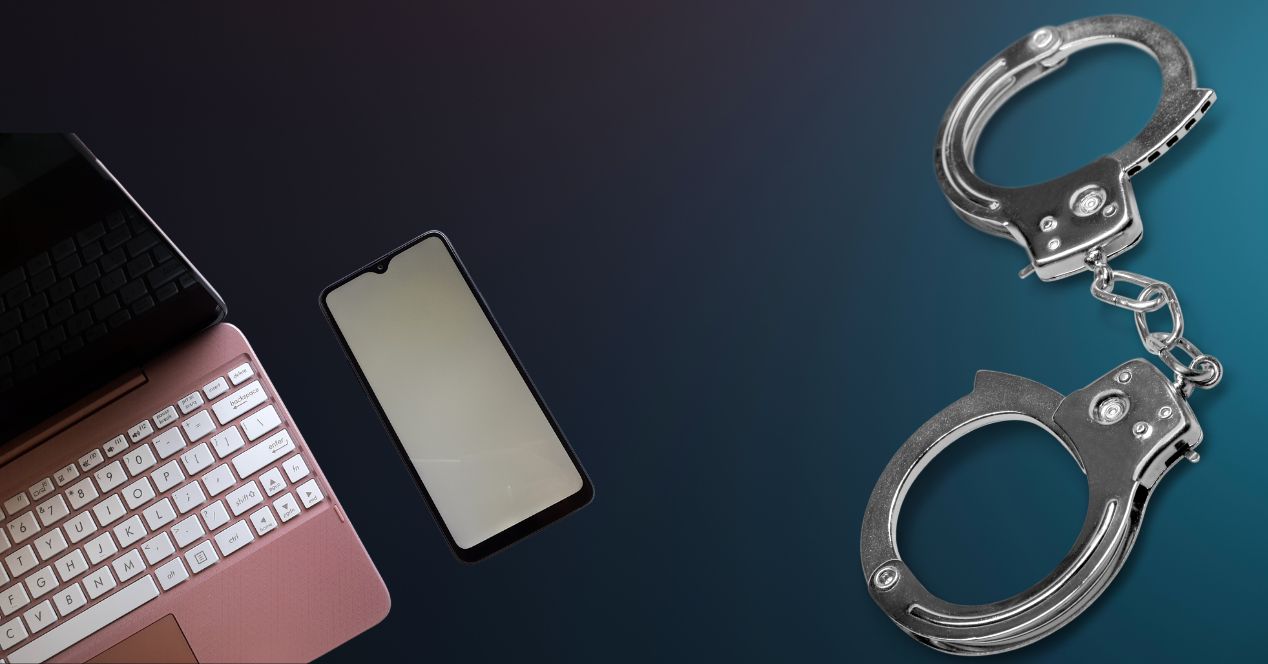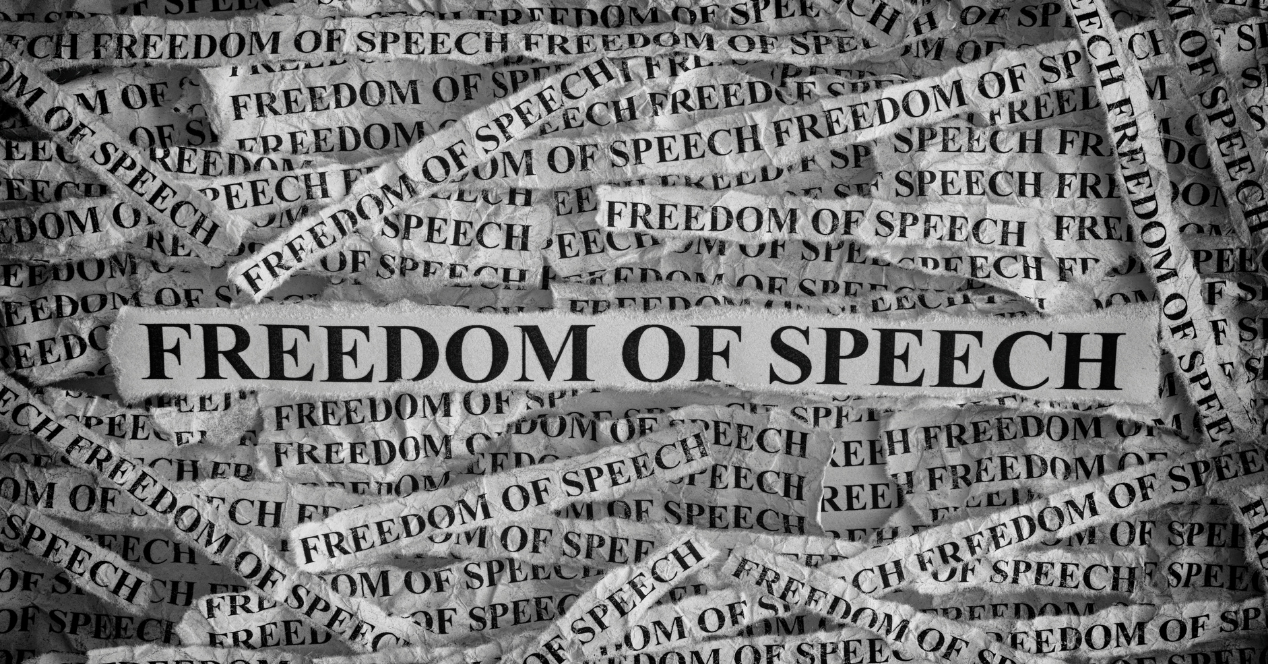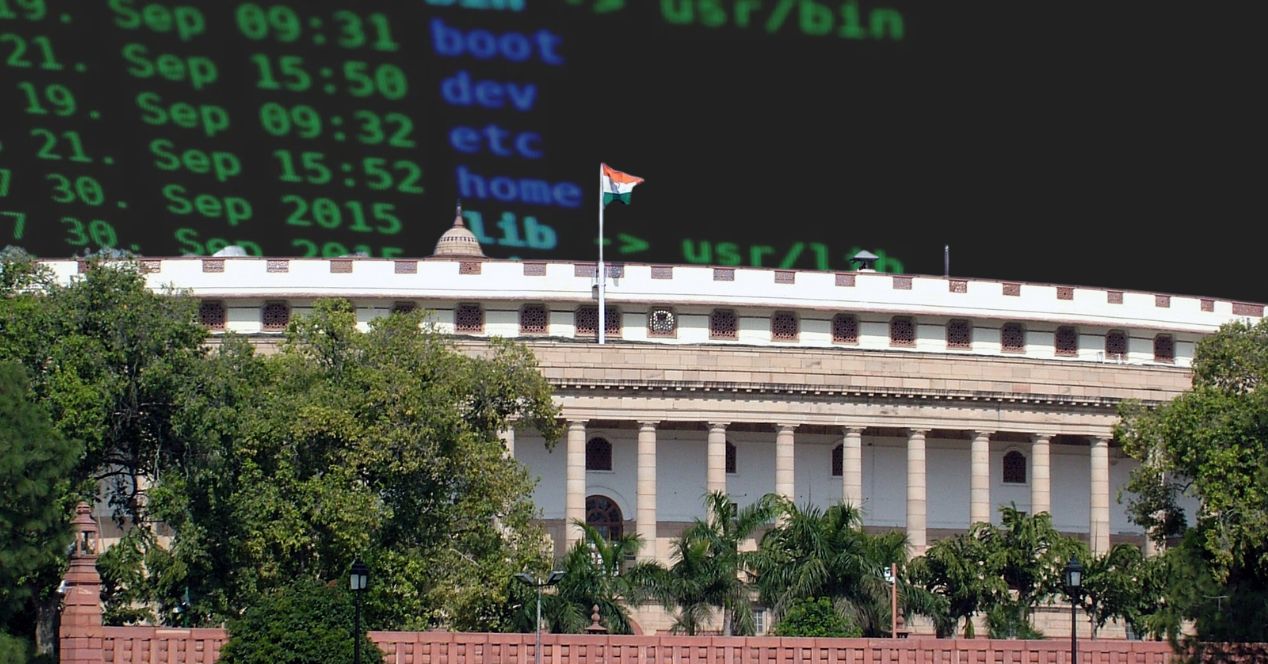Analysis
Constitutional principles go for a toss in the criminal law of search and seizure
Seizing electronic devices in the absence of proportionality checks violates the right against self-incrimination

On 6 December 2023, in the hearing of a petition filed by the Foundation of Media Professionals, Additional Solicitor General S.V. Raju told the Supreme Court that the central government will issue “some guidelines” for the seizure of electronic devices by probe agencies, particularly those belonging to journalists.
The Court had directed the government to frame guidelines in early November. But notice in this matter was first issued two years ago. A lot has happened between then and now, including the seizure of 300 devices from 90 journalists associated with the digital news organisation Newsclick. The seizures and arrests of key personnel were on the grounds that the organisation was allegedly raising funds for terrorist acts and promoting enmity between different groups.
On 7 November 2023, the petitioner’s counsel argued that judicial warrants must be issued for seizures and copies of data must be made instead of confiscating entire devices. On 6 December, the bench of Justices Sanjay Kishan Kaul and Sudhanshu Dhulia posted the next hearing of the matter on 14 December. “Umeed pe duniya kayam hai,” Justice Sanjay Kishan Kaul said as the proceedings wrapped up. The world is living on hope.
The temptation of a good byte
The most common tools of criminal investigation are search, seizure, interrogations, and arrests. These are the thresholds against which police action is tested. With the increase in sensational media reportage, these aspects of investigation have become an end in itself, as opposed to a good faith means to get to the bottom of a case. Media briefings by the investigation team have been disapproved on numerous occasions by constitutional courts, recognising the impact it has on the right to a fair trial. But the hunt for a good byte is encouraged by vested administrative and political interests. It allows them to put a spin on the narrative, often devoid of context.
Undoubtedly, the police must be vested with the power to seize incriminating documents and devices to build the prosecution case. Section 102 of the Code of Criminal Procedure authorises the seizure of relevant material which creates the suspicion of commission for an offence. But the law doesn’t allow for any scrutiny of the decision at the time of its making—the de facto position remains that if the investigating authority wants to seize a device, then it simply goes ahead and does it. Post facto checks and balances suffer from various limitations, none more alarming than the general indifference of courts to the issue of privacy around electronic devices.
Electronic devices are an extension of one’s mind
The claim to superiority and control over life forms assumed by humans has been a result of discretion—the ability to curb instincts by yielding to reason. It’s one reason why brutal crimes are often alluded to as yielding to animal instincts. The mind is not open to investigation, only the actions which the mind facilitates. The mind remains in the realm of one’s privacy, not ordinarily amenable to interference or probing by State authorities.
It’s here that electronic devices assume a distinct role and nature, and the issue gets more complex when the device is considered along with the context of who it belongs to. There has been some resonance for the argument that devices like mobile phones and laptops are in essence a digital extension of one’s mind and personality. This is referred to as the ‘extended mind thesis’. A considered application of the extended mind thesis could bring seizures into the realm of unconstitutionality since it would amount to self-incrimination.
In Riley v California (2014), the Supreme Court of the United States, while holding that warrantless search and seizure of the digital contents of a cell phone was unconstitutional, observed that modern cell phones are not just another technological convenience. “With all they contain and all they may reveal, they hold for many Americans ‘the privacies of life,’” the judgement noted. Riley is a lucid piece of writing on the “pervasiveness” of electronic devices on which we store all kinds of professional and personal information.
But constitutional courts in India have stopped short of fully recognizing this thesis, relying instead on the judgment of the 11-judge Bench in State of Bombay v Kathi Kalu Oghad (1961), where the Supreme Court held that the right against self-incrimination is limited to information given from personal knowledge. The consequence of this decision was that it excluded things like providing fingerprints and handwriting samples from the scope of protection under Article 20(3), which deals with self-incrimination.
Unfortunately, how the ratio of Kathi Kalu necessarily extends to digital devices has not been deliberated in detail yet. But its reasoning has been extended to search and seizure, on the basis that this part of the investigation doesn’t involve an element of the accused volunteering information. But the prevailing position that the unfettered power of seizure does not violate the right against self-incrimination is reflective of a flimsy understanding of the role that electronic devices play in our contemporary lives.
Wither the Constitution in the criminal courts?
One reason for this approach is that the original theatre of criminal litigation has its preferred choice of holy books: the Criminal Manual, the Code of Criminal Procedure and the Indian Evidence Act. You’d be hard-pressed to find a copy of the Constitution in magistrates’ or sessions courts. In these reaches of litigation, the prevailing view is that the Constitution is a theoretical enunciation of rights, meant for wider discussion and debate, and perhaps lectures and webinars, whereas criminal courts and practitioners often pride themselves on their concern with the cold, hard logic of the CrPC.
Trial courts rarely have the appetite for submissions regarding conflicts between the CrPC and the Constitution. The trial courts also don’t feel the need to interpret criminal statutes by harmonising them with constitutional principles. This is not to critique individual trial judges, but to flag a conceptual flaw in how criminal law is taught, practiced and interpreted.
There is no reason why trial courts cannot apply the constitutional test of proportionality when it comes to police actions like search and seizure. This contention seems more tenable in the light of evolving privacy rights jurisprudence. And with respect to the democratic function of persevering the rights of the free press, we can go even further back in judicial history. In Sakal Papers v Union of India (1961), the Supreme Court relied on Express Newspapers (Private) v Union of India (1959) to note:
“While there is no immunity to the press from the operation of the general laws, it would not be legitimate to subject the press to laws which take away or abridge the freedom of speech and expression or adopt measures calculated and intended to curtail circulation and thereby narrow the scope of dissemination of information or fetter its freedom to choose its means of exercising the right or would undermine its independence by driving it to seek Government aid.”
The failure of criminal law to recognize these principles has a direct impact on how the freedoms enshrined in the Constitution can be exercised. Unless the law of search and seizure is applied proportionately with regard to electronic devices, the entire seizure would be rendered an unreasonable restriction, making it liable to be quashed.
The chilling effect
The other element to this debate is that information and data are often time-sensitive, and unreasonable deprivation of one’s access to their device can cause irreparable harm and injury. This is further complicated when one considers the protection of journalistic sources. Unsuspecting persons are put in a vulnerable position when information shared in confidence is suddenly seized and accessed by State authorities, even though such information may have no relevance to the subject matter of investigation.
This vulnerability enforces a digital chilling effect and encourages self-censorship. The signalling is clear—everything written, said or shared should be presumed to be under watch.
The need of the hour is to conceptualise a regime for proper implementation of the proportionality test prior to the seizure of electronic devices. The test should be made applicable to any act of device seizure, but it’s clear that cases involving journalists and academics have a more direct ramification on democratic ideals. Seizure must follow a judicial warrant, issued after testing the need against a content-specific proportionality test. Blanket seizures fishing for information must be disallowed, and the warrant-issuing court must mandate that the investigative agency lay down the information that it seeks to access in the device.
Additionally, issues of data protection and data privacy need to be at the forefront of discussions on legislative amendments, especially when such exercises are touted to be in furtherance of decolonisation efforts. Unfortunately, the drafts of the new criminal laws from the Parliament do not give cause for much hope.
For now, all eyes are on the government’s work-in-progress guidelines on search and seizure. Even if they see the light of day, they will be just that—guidelines. And yet again, it will be left to the Supreme Court to impose checks and balances in the absence of political will. Will it step up, or will the law of search and seizure add to the long list of issues where the Court doesn’t walk its talk in the moment of reckoning?
Soutik Banerjee is a Delhi-based advocate. He practices in trial and appellate courts.




